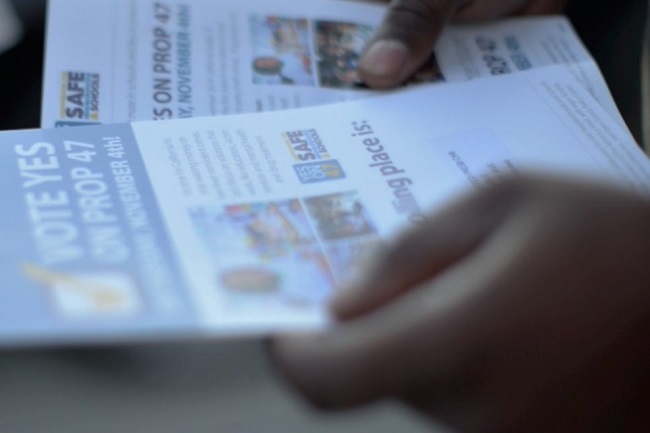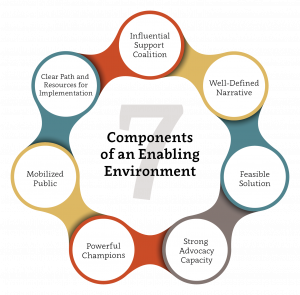Envisioning Effective Advocacy—at the State Level and Beyond

Many of the donors with whom Arabella works realize that sustained advocacy efforts are crucial to the passage and implementation of public policies that support the people, places, and causes they care about. They know that by making smart investments in advocacy, they have the potential to accomplish (or, in some cases, prevent) policy changes with transformational impact. Of course, to ensure their investments in advocacy are smart, funders have to choose the right levels at which to engage and thoroughly understand the landscapes in which they operate.
Choosing to Engage at the State Level
Over the past few years, our donor partners have increasingly come to us for support in designing, implementing, and evaluating advocacy efforts at the state level. Given the current political climate in Washington, this is hardly surprising. Many (though by no means all) of the current opportunities to advance social and environmental policy priorities lie at the state level, where we have significant experience navigating complex compliance and other challenges. What’s more, our donor partners know that state-level advocacy can:
- Build momentum for an issue. State-level policies are an opportunity to educate the public and build support, create momentum for the issue in other states, and ultimately drive national policy conversations in addition to state-level outcomes. For example, recent successful state campaigns for workers’ rights—including paid sick days in Oregon, paid leave in Arizona, and a $15 minimum wage in New York—have generated support and led to recent wins for these issues in other states while also putting them on the national agenda.
- Enable innovation and development of new models for programs. State-level efforts offer an opportunity to design and test policies to understand what works. Many federal programs started as state programs, such as the Affordable Care Act.
In short, by making smart investments in advocacy at the state level, funders can achieve transformational policy impact that also builds momentum for national change.
Understanding the Landscape
To enable our clients to make such smart investments—at the state level and beyond—we have developed a variety of platforms and tools for effectively planning and executing advocacy efforts. One tool that has repeatedly proven useful, and that we therefore decided to share, is the seven-part framework for envisioning effective advocacy depicted below.
The framework helps funders and practitioners identify and think through the crucial components of an enabling environment for policy change. The presence and strength of each component within a given environment make a campaign more likely to succeed—that is, to lead to policy passage, successful implementation, and sustained change.
In developing this framework, we researched the ways others in the field had approached successful—and unsuccessful—advocacy campaigns and infrastructures at both the state and federal levels. We then synthesized and adapted some of the leading tools and best practices available. This framework draws heavily on the Redstone Strategy Group’s 2013 article “Assessing Advocacy” (which itself draws upon a number of other models from the Urban Institute, the Hewlett Foundation, Capitol Impact, and more). We have tested and amended the framework through extensive research and interviews with advocates, policymakers, funders, and other experts. We have also honed it based on our experience hosting dozens of 501(c)(3) and 501(c)(4) advocacy campaigns through the nonprofit intermediaries we manage.
Based on our experience, we believe this tool can help a wide variety of funders envision gaps and better plan, monitor, and assess their investments in advocacy on nearly any issue. We have also developed a set of supporting tools, such as research questions and trackable indicators for each component, that can help funders refine their understandings and execute effective campaigns from start to finish. We’ve worked with donor partners to successfully apply this framework and the associated tools for impact on a variety of issues, including early childhood, clean water, gender equity, family economic security, and more.
At a time when more and more funders are interested in moving beyond incremental change and working upstream to solve problems at scale, many are exploring new advocacy approaches or re-doubling their investments in advocacy. To ensure that our donor partners see the best possible returns on these investments, we’re helping them fully assess landscapes, target their efforts, and monitor program effectiveness, using tools like this one. We hope others will find this tool helpful, and we look forward to working with many philanthropists in the coming months and years to plan and implement strategic investments that both advance and defend the public policies our communities need.

